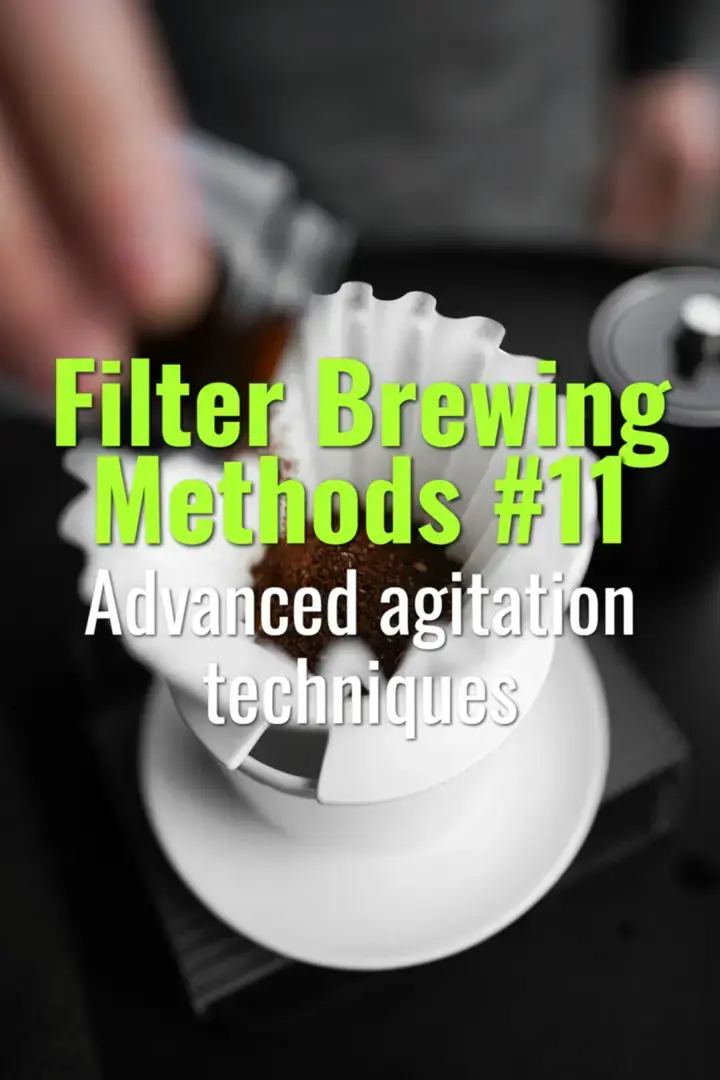Advanced agitation techniques
How different agitation methods influence extraction uniformity, clarity, and body in filter brewing.
- Coffee Basics Nerds
- 1 min read

Advanced Agitation Techniques
-
Stirring (Manual):
-
Stir with a spoon or paddle during bloom or after pouring.
-
Promotes even wetting and reduces clumping.
-
Risk: over-stirring can cause excessive fines migration → muddy cup.
-
Swirling (Vortex Technique):
-
Gently swirl the dripper or server to create a vortex.
-
Evens out slurry, promotes uniform extraction, improves clarity.
-
Often used in V60 and Kalita Wave.
-
Pulse-Induced Agitation:
-
Pour in controlled pulses to introduce turbulence.
-
Enhances extraction while minimizing manual interference.
-
Helps manage contact time in large brews.
-
Rao Spin:
-
Popularized by Scott Rao; gentle swirl after final pour.
-
Levels the coffee bed and ensures uniform drawdown.
-
Reduces channeling and uneven extraction.
-
Knock/Settling Techniques:
-
Lightly tapping brewer or server to resettle grounds.
-
Stabilizes flow rate and minimizes channeling.
-
Impact on Flavor:
-
More agitation: Higher extraction, increased body, potential for muddiness.
-
Less agitation: Cleaner cups, higher clarity, but risk of uneven extraction.
Practical Tips
- Match agitation to coffee style: fruity, delicate coffees benefit from minimal agitation; chocolatey, dense coffees handle more.
- Be consistent—repeatable technique is more important than intensity.
- Combine agitation methods thoughtfully rather than excessively.
Summary
Advanced agitation techniques—stirring, swirling, pulsing, and spinning—are tools to fine-tune extraction balance. Mastering them allows brewers to control body and clarity with precision, tailoring cups to highlight coffee’s unique attributes.